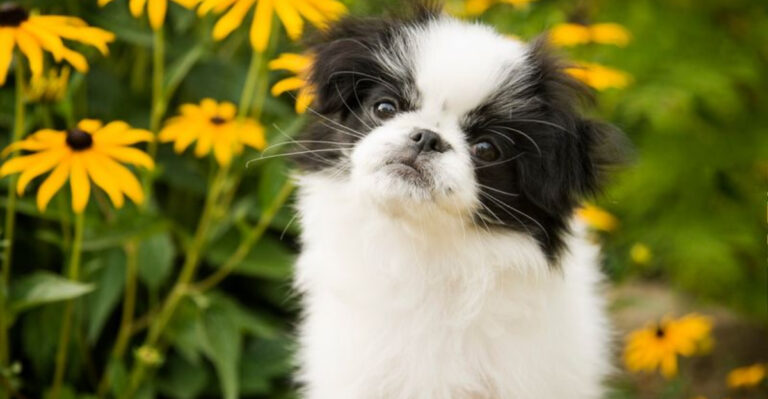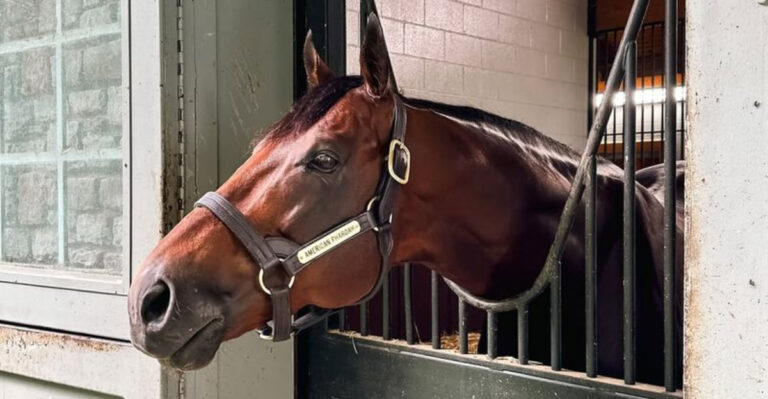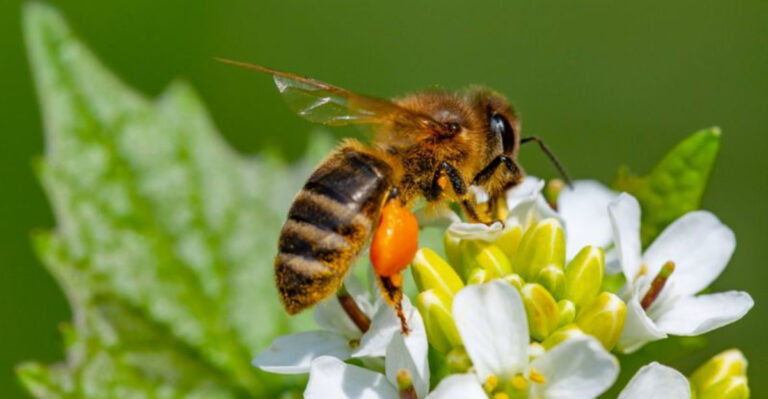13 Ways To Protect Your Backyard Birds
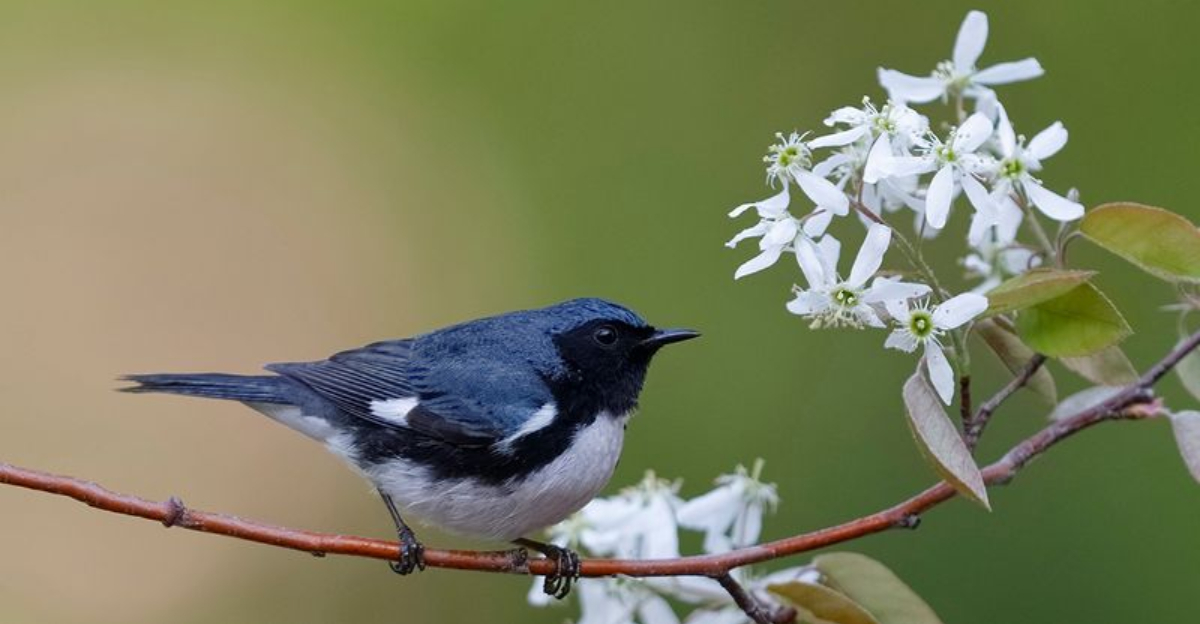
Our feathered friends bring joy, color, and music to our gardens. Birds face many dangers in our modern world, from predators to environmental hazards.
Helping them thrive isn’t just good for birds – it creates a healthier ecosystem in your own backyard. Here are practical ways you can make your outdoor space a safe haven for birds.
1. Install Bird-Friendly Windows
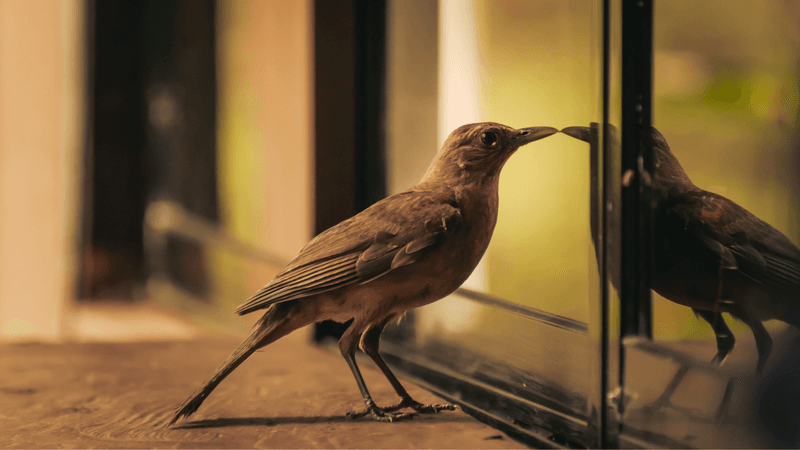
Window collisions kill millions of birds yearly. Apply special decals or window films that birds can see but still allow light through. These simple additions make glass visible to birds while maintaining your view.
Another option is installing external screens or placing bird feeders either very close to windows (less than 3 feet) or far away (more than 30 feet) to prevent high-speed collisions.
2. Keep Cats Indoors
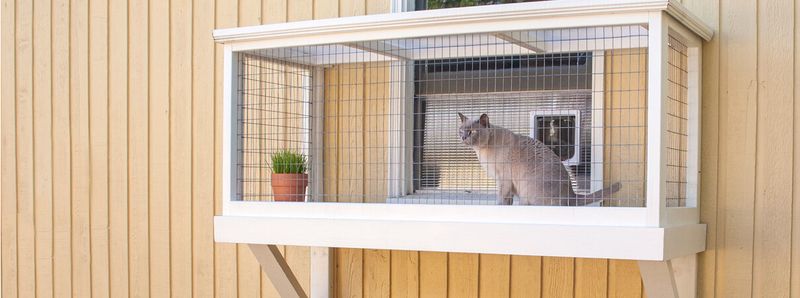
Domestic cats are natural hunters and pose one of the biggest threats to backyard birds. Even well-fed cats instinctively stalk and kill birds.
Consider keeping your feline friends indoors or create a secure “catio” where they can enjoy fresh air without harming wildlife. If outdoor time is necessary, add a bell to their collar to give birds warning when a cat approaches.
3. Provide Clean Water Sources
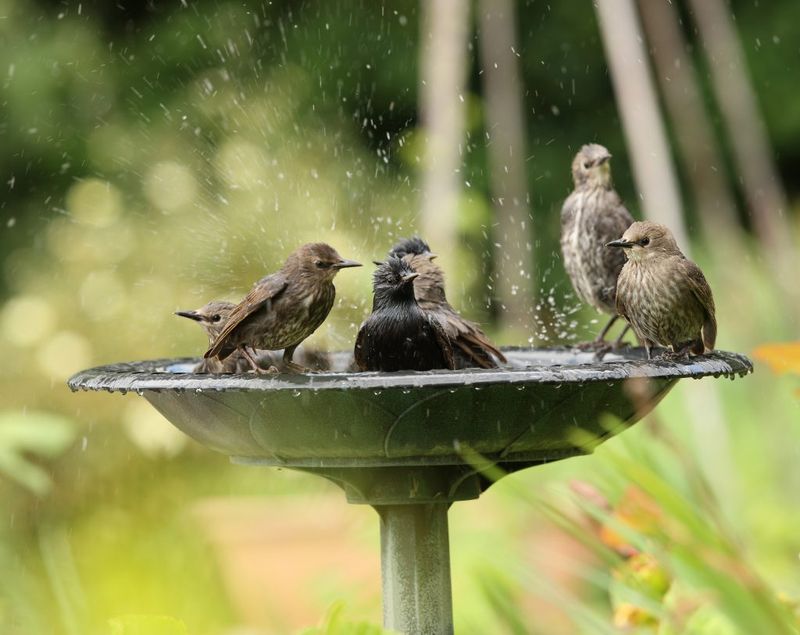
Birds need fresh water for drinking and bathing. A shallow birdbath with rough surfaces for good footing helps birds maintain clean feathers and stay hydrated.
Change the water every 1-2 days to prevent mosquito breeding and disease spread. During winter, consider a heated birdbath in colder regions so birds can access water when natural sources freeze. Place baths near shrubs for quick escape routes.
4. Plant Native Species
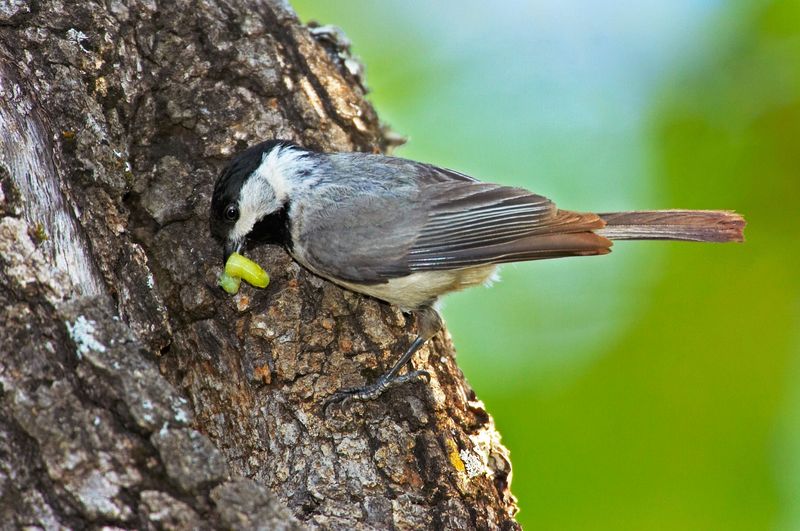
Native plants evolved alongside local birds, providing natural food and shelter. Berry-producing shrubs like elderberry or dogwood offer meals while evergreens provide year-round protection.
Choose a variety of plants that produce seeds, berries, and attract insects throughout different seasons. Avoid invasive species that might crowd out beneficial plants and disrupt the local ecosystem. Your local extension office can recommend perfect native options for your area.
5. Create Brush Piles

Instead of disposing of fallen branches and yard trimmings, create brush piles in quiet corners of your yard. These natural structures provide instant shelter for birds during bad weather and protection from predators.
They also attract insects that birds feed on. Start with larger branches at the bottom, then add smaller twigs and leaves on top. Many birds like wrens and sparrows will use these safe havens for nesting and roosting.
6. Offer Nesting Materials

Help birds build cozy homes by providing nesting materials. Fill mesh bags or suet feeders with natural items like pet fur, short pieces of yarn (under 6 inches), small strips of cotton, or dried grass clippings free of chemicals.
Hang these offerings near feeders during spring nesting season. Avoid dryer lint, which can contain harmful chemicals and falls apart when wet, potentially causing nestlings to become cold and damp.
7. Install Proper Nest Boxes
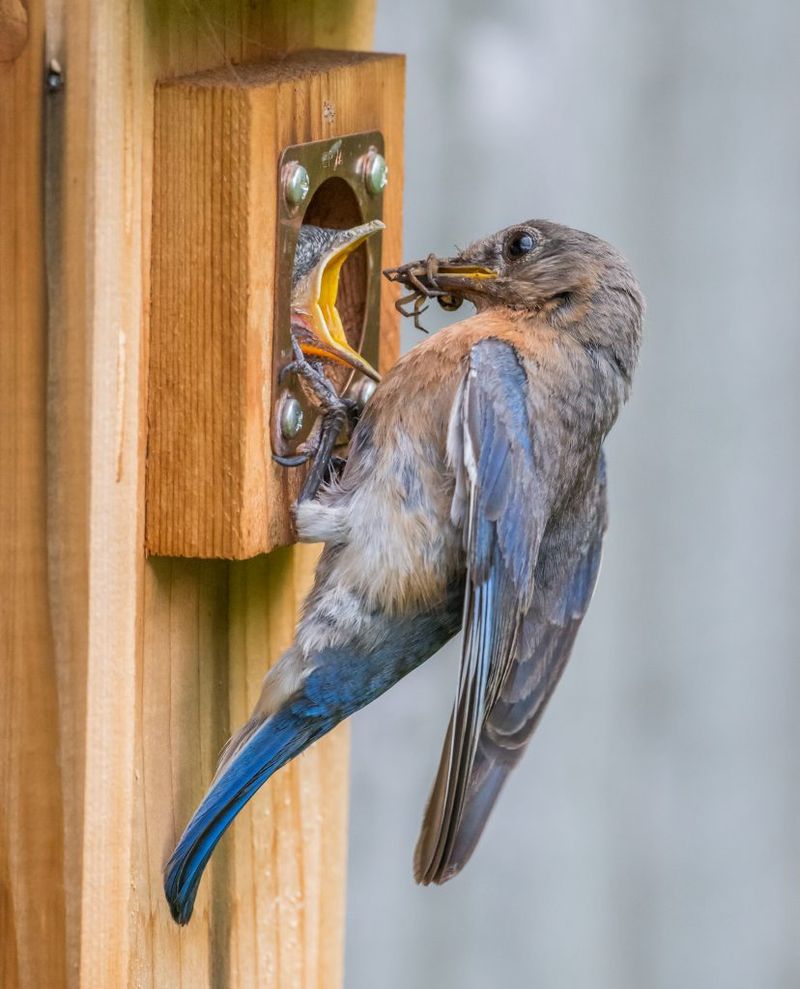
Different bird species need different homes. Bluebirds prefer boxes in open areas, while wrens like wooded spots. Research local birds and provide houses with proper dimensions and entrance hole sizes for species you want to attract.
Mount boxes on poles with predator guards rather than trees where raccoons and snakes can access them. Clean out old nests each winter to prevent parasites and disease from affecting next year’s families.
8. Eliminate Pesticide Use
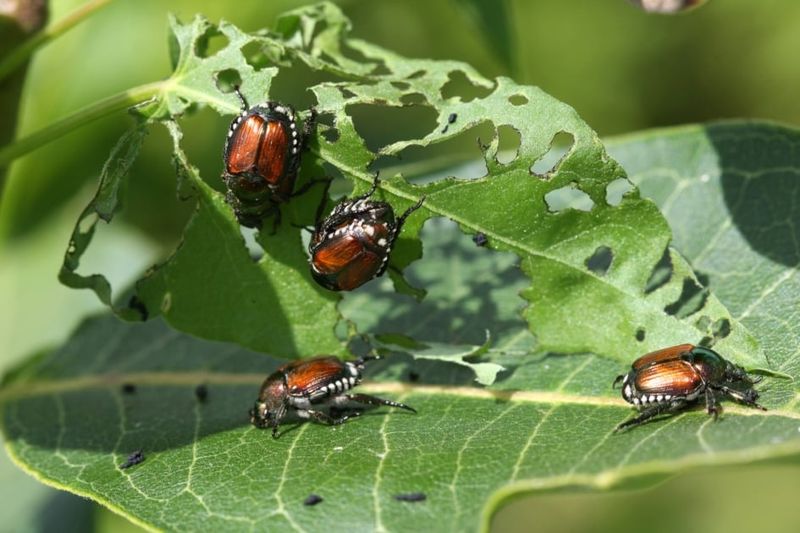
Birds rely heavily on insects for protein, especially when feeding young. Chemical pesticides not only reduce this food source but can poison birds directly. Switch to natural pest control methods like companion planting, hand-picking pests, or introducing beneficial insects.
Accept some plant damage as part of a healthy ecosystem. Those caterpillars munching on your plants today will become bird food tomorrow or beautiful butterflies that pollinate your garden.
9. Prevent Window Reflections

Beyond collision prevention, window reflections can confuse territorial birds who attack their own reflections, exhausting themselves. External screens, awnings, or partially closed blinds reduce reflections while still allowing light through.
For temporary solutions during breeding season when aggression peaks, try soap streaks or tempera paint on outside window surfaces. These wash off easily but break up the mirror-like quality birds find so confusing.
10. Maintain Feeders Properly
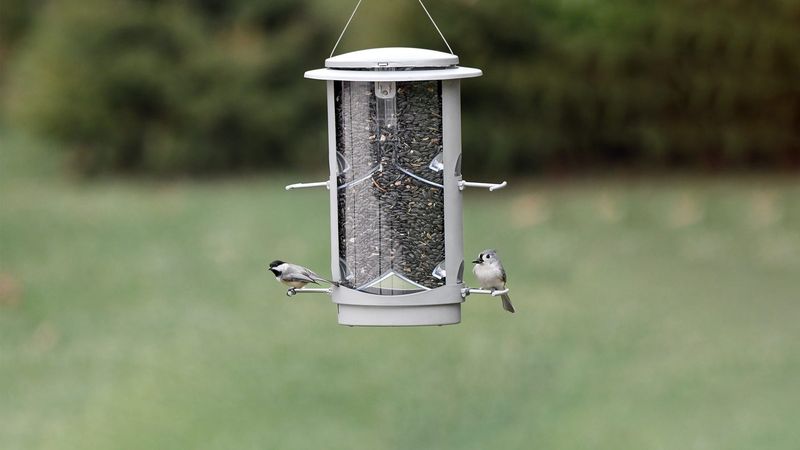
Dirty feeders spread diseases that can devastate bird populations. Clean feeders thoroughly every two weeks using a solution of one part bleach to nine parts water, then rinse completely and dry before refilling.
Regularly remove old seed hulls and droppings beneath feeders. Store seed in cool, dry places in rodent-proof containers to prevent mold. When wet weather strikes, consider using covered feeders or temporarily bringing them in.
11. Create Protective Shelter
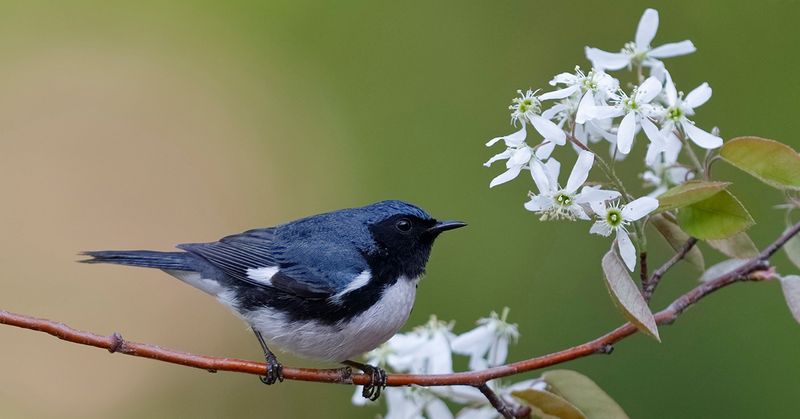
Layered plantings provide crucial protection from predators and harsh weather. Plant tall trees, medium shrubs, and ground cover to create multiple habitat levels.
Evergreens offer year-round shelter, especially important during winter months when leaves have fallen from deciduous plants. Dense shrubs like holly or juniper create perfect hiding spots. Leave some areas of your yard less manicured with tall grasses where ground-dwelling birds can find cover.
12. Reduce Nighttime Light Pollution

Artificial night lighting disrupts bird migration patterns and feeding schedules. Use outdoor lighting only when necessary and choose fixtures that direct light downward instead of into the sky.
Motion sensors ensure lights activate only when needed. Draw curtains at night to prevent indoor light from spilling outside. Many birds migrate at night using stars for navigation, and artificial light can disorient them, causing exhaustion or collisions with buildings.
13. Provide Year-Round Water Access
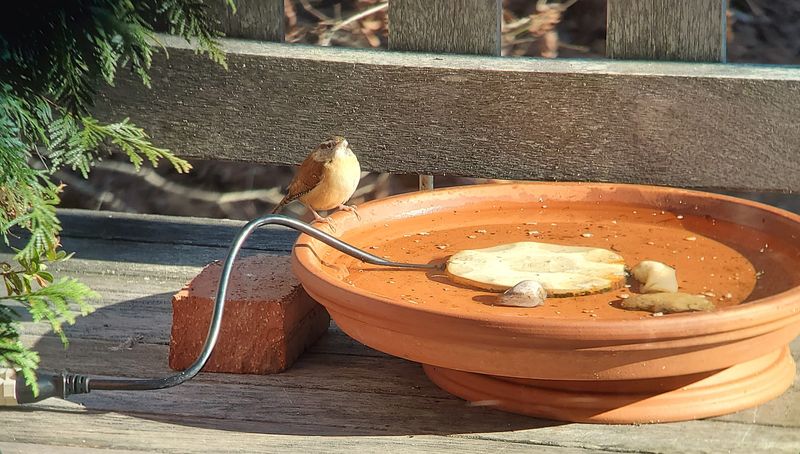
Water becomes scarce during freezing winters and hot summers. Install a heated birdbath for winter or add a water wiggler device that creates ripples, preventing mosquito breeding in summer. Birds spot moving water more easily from above.
Place water features near shrubs but away from feeders to prevent seed contamination. Maintain multiple water depths—shallow edges for small birds and deeper centers for larger species. Fresh water often attracts more species than feeders alone.


